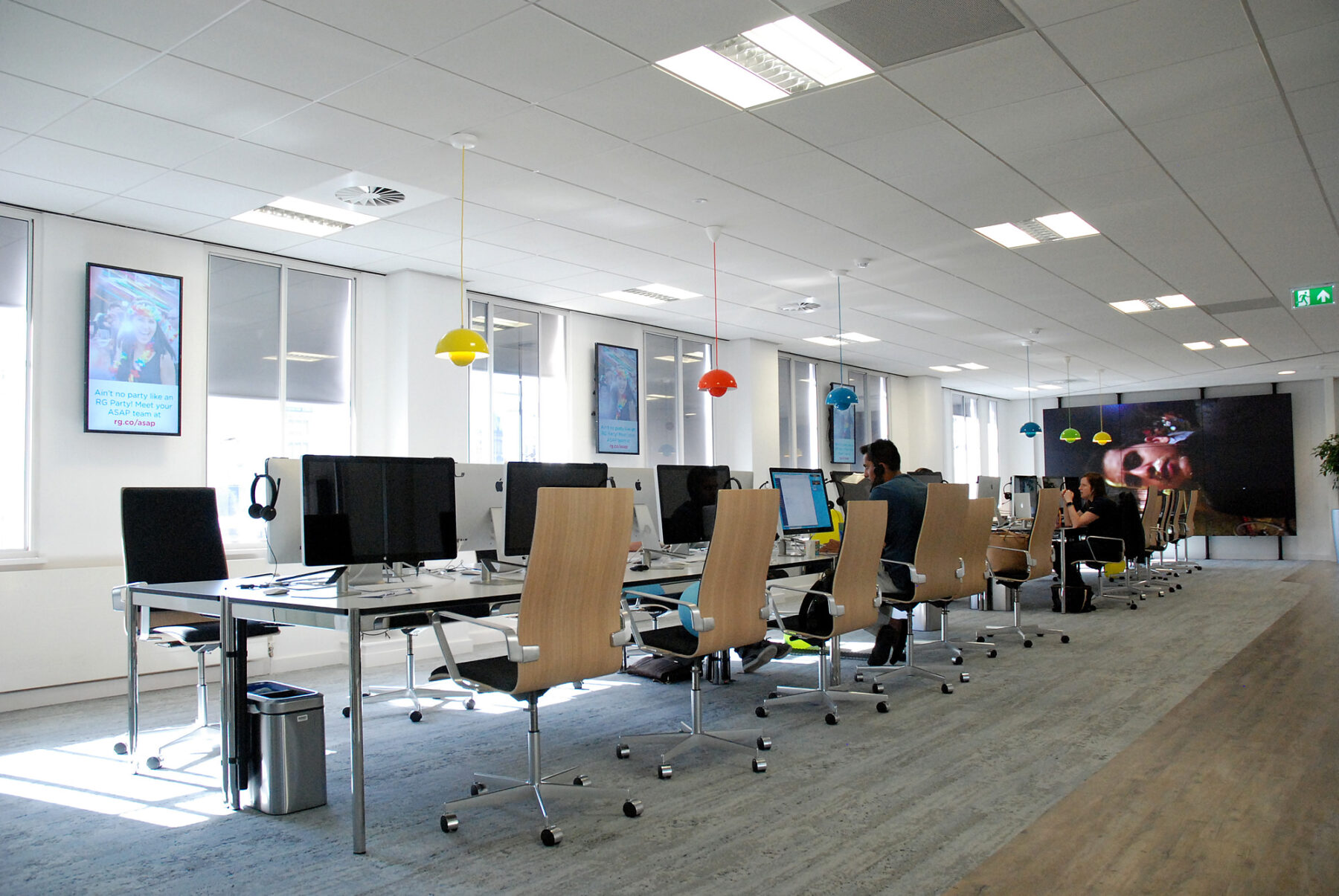The modern workplace has undergone a dramatic transformation over the past decade.
The rise of remote work, freelance culture, and start-up entrepreneurship has shifted the way businesses think about where and how we work.
At the heart of this shift is the growing popularity of co-working spaces – shared, flexible work environments that offer an alternative to the conventional office setup.
But how do these co-working hubs compare to traditional office spaces, and which is better suited for today’s workforce?
The Traditional Office: Structure, Stability and Brand Identity
Traditional office spaces have long been the default for established businesses.
With dedicated desks, fixed working hours and a unified company environment, they provide a level of structure and routine that can foster focus, accountability, and team cohesion.
A major benefit of a traditional office is brand consistency.
The space is typically designed to reflect the company’s identity, culture and values, offering clients and employees a cohesive experience.
Having a centralised location also helps with onboarding, team-building and face-to-face collaboration – all of which contribute to a strong workplace culture.
However, this setup can also bring drawbacks.
Long-term leases, overhead costs, and maintenance expenses can be significant, especially for small to mid-sized businesses. Furthermore, rigid structures may not suit employees who value flexibility or hybrid working arrangements.
Co-Working Spaces: Flexibility, Community and Innovation
Co-working spaces have exploded in popularity thanks to companies like WeWork, Regus, and a host of independent providers offering stylish, adaptable environments on short-term contracts.
These spaces are typically open-plan, tech-enabled and designed to cater to a diverse range of professionals – from freelancers and entrepreneurs to growing SMEs.
The key advantage of co-working spaces is flexibility. Businesses can scale up or down as needed, avoiding the long-term financial commitment of a lease. Many spaces offer month-to-month terms, with access to meeting rooms, phone booths, breakout areas and even wellness amenities.
For individuals, co-working environments can spark creativity and connection. Being surrounded by people from different industries can lead to networking opportunities, collaboration, and a sense of community that’s often lacking in home or remote working setups.
However, co-working isn’t without challenges.
The lack of privacy, potential distractions, and shared facilities can sometimes hinder productivity – particularly for companies dealing with sensitive data or requiring confidentiality.
And while the casual atmosphere suits many, it might not align with more traditional or corporate-facing industries.
Which One Wins?
There’s no one-size-fits-all answer. The best choice depends on your company’s size, culture and objectives.
For start-ups, freelancers, and small teams, co-working spaces offer unmatched flexibility and cost-effectiveness.
They’re perfect for networking, testing ideas, and avoiding the burden of fixed office overheads.
On the other hand, more established companies may benefit from the consistency, brand control and in-house culture fostered by a traditional office environment.
In reality, many businesses are now choosing a hybrid approach, combining the structure of a traditional HQ with the adaptability of co-working hubs or remote options.
This blended model supports diverse working styles and helps meet the evolving expectations of today’s workforce.
As the world of work continues to evolve, so too will the spaces we occupy.
Whether it’s a sleek co-working hub in a city centre or a bespoke office tailored to your brand, the goal remains the same: to create environments that enable productivity, collaboration, and wellbeing.
The future of work is not about choosing one over the other – it’s about finding the right balance.




